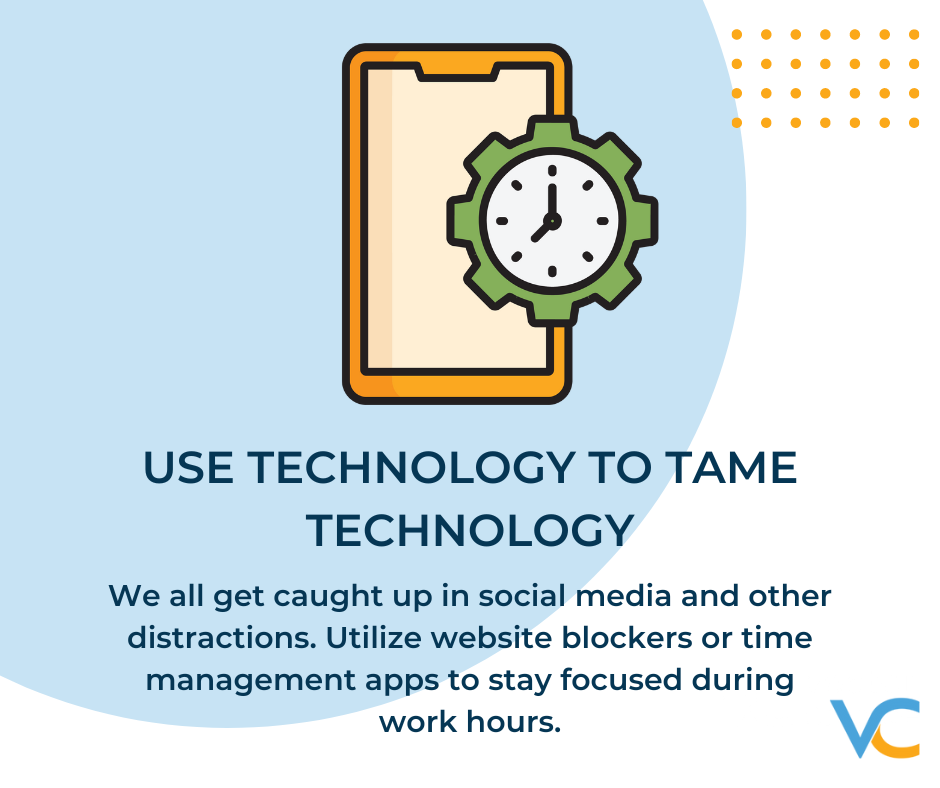In today's digital landscape, businesses rely on a multitude of online applications and platforms. Managing login credentials for each one can be cumbersome and create security vulnerabilities. This blog post will explore three key concepts to simplify and strengthen your business's security posture: Single Sign-On (SSO), Two-Factor Authentication (2FA), and Multi-Factor Authentication (MFA), with a focus on 3FA as the most robust option.
1. Single Sign-On (SSO): Convenience Meets Security
- What is it? SSO allows
users to access multiple applications with a single login credential. This
eliminates the need to remember and manage numerous usernames and
passwords.
- Benefits: SSO
streamlines user experience, reduces password fatigue, and potentially
minimizes password-related security risks.
- Considerations: The security
of SSO relies heavily on the strength of the master credential. Breaches
within the SSO provider can compromise access to all connected
applications.
2. Two-Factor Authentication (2FA): Adding an Extra Layer of Security
- What is it? 2FA requires
two verification steps beyond a username and password, such as a code sent
via text message or generated by an authentication app.
- Benefits: 2FA
significantly increases the difficulty for unauthorized users to access
accounts, even if they obtain a password.
- Considerations: While 2FA
offers a significant security boost, it can be less convenient than SSO
and some users might find it cumbersome.
3. Multi-Factor Authentication (MFA) with a Focus on 3FA: The Strongest Defense
- What is it? MFA is a
broader term encompassing various authentication methods beyond the two
factors used in 2FA. 3FA, a form of MFA, requires three verification
factors. These factors typically fall into three categories:
- Something you know: A password or
PIN.
- Something you have: A physical
token, security key, or smartphone with an authentication app.
- Something you are: Biometric
verification like fingerprint or facial recognition.
- Benefits: 3FA offers the
highest level of security by requiring a combination of factors, making it
extremely difficult for unauthorized access.
- Considerations: 3FA can be the
most secure option, but it may be less convenient than SSO or 2FA, and not
all applications or platforms support 3FA yet.
Choosing the Right Authentication Method for Your Business
The ideal authentication
method depends on your specific needs and risk tolerance. Here's a quick guide:
- For basic account
security: Implement 2FA on all applications that support it.
- For increased
security and user convenience: Consider a combination of SSO
and 2FA, ensuring the SSO provider has strong security measures.
- For maximum security
in high-risk scenarios (e.g., finance, healthcare): Prioritize 3FA
wherever possible.
Partner with Vector Choice for a Comprehensive Security Strategy
At Vector Choice, we
understand the importance of balancing security and user experience. We can
help you assess your business's needs, recommend the appropriate authentication
methods, and implement a secure and user-friendly solution. We also offer a range
of other security services, including vulnerability assessments, security
awareness training, and ongoing threat monitoring.
Contact
Vector Choice today and learn how we can empower your
business with a robust cybersecurity strategy.


